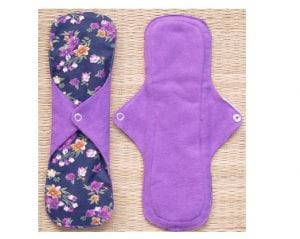
Agriculture
November 9, 2023
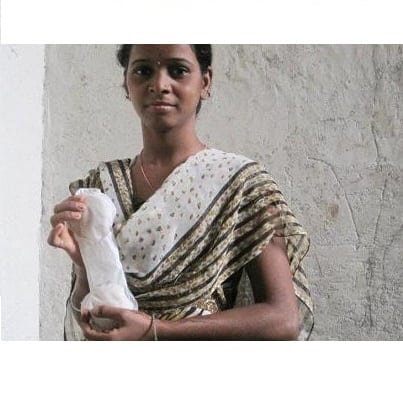
Updated on November 9, 2023
·Created on August 27, 2015
Saathi Pads are fully biodegradable sanitary pads made from waste banana tree fiber.
Saathi Pads are fully biodegradable sanitary pads made from waste banana tree fiber. The pads are scent-free, unbleached, and can be used for regular to heavy flow. The for-profit startup is based in Ahmedabad, India.
Market Suggested Retail Price
$0.80
Target Users (Target Impact Group)
Distributors / Implementing Organizations
There have also been plans to set up a partnership with an NGO as a pilot program for distribution. Saathi is embarking on a partnership with Ekal Vidyalaya, one of India’s largest education NGOs, which has a network of over 56,000 schools in every state in India to distribute one million pads to women beginning September 2016 and educate women about feminine hygiene.
Manufacturing/Building Method
Saathi has built a small scale, modular manufacturing machine which takes inputs of the absorbent banana fiber pulp, spun-bonds polypropylene and hygienic-grade polyethylene, and outputs a folded, sterilized sanitary pad complete with wings and adhesives for undergarment attachments.
Intellectural Property Type
Patent Protected
User Provision Model
Distributions to Date Status
Hundreds of thousands of pads have been distributed since sales started in May 2017.
Design Specifications
Biodegradable material of banana tree fiber, with plant-based plastics and banana fibre Absorbency level is almost double what current standards asks for.Interview with representative Indian government established standard for absorbency; Saathi pads meet the standard for absorbency and nearly doubles what the standard asks for with the latest design.Interview with representative Expert comments on biodegradability: Polypropylene nonwovens, which are used for the cover and polyethylene films, which are used for the barrier are not biodegradable, neither are positioning adhesives (i.e. the adhesive to stick the pad to the underwear). Additionally, biodegradability per se does not mean that a product would actually biodegrade under all circumstances. Same as for compostability, the environment for degradation has to be right; e.g. PLA, a corn derived plastic is compostable in commercial hot composting facilities but would not decompose when littered.
Technical Support
Provided by the manufacturer
Replacement Components
Unknown
Lifecycle
Up to 8 hours, though varies by woman based upon menstrual flow. Typically 4-6 hours of use. Interview with representative
Manufacturer Specified Performance Parameters
High absorbency capacity to ensure lifecycle is similar to other pads on the market, material is adhesive and thin enough for user comfort and ease, look and feel similar to standard pads, high absorbency level and capacity. The designers are also aiming to encourage more awareness of sustainability and acceptance of the product. One goal is to make the pad locally accessible, both in the materials used and distribution chain. Interview with representative
Vetted Performance Status
The product has undergone extensive research and testing, both within India and also in MIT's D-Lab. The Saathi team has ensured that the pads follow government standards and may have plans to run clinical trials with interested gynecologists and other clinicians. Interview with representative
Safety
Pad should not be used beyond the recommended time period of 8-10 hours.
Complementary Technical Systems
None
Academic Research and References
No academic publications, though user testing and feedback has been conducted for the product. The product arose from two MIT courses that researched methods for banana fiber processing and manufacturing menstrual pads. Now, the team is focusing on achieving industry standard for the product. Interview with representative
Compliance with regulations
Saathi follows government standards as set by the Bureau of Indian Standards for sanitary napkins (IS 5405).Interview with representative Experts note that sanitary napkins have to meet the microbiological requirements of the governing body (expressed as a maximum bioburden, measured in CFU).
Other Information
Experts note that considering the sparsity of bathroom facilities (or other locations to change the pads outside the home) in India, it's recommended to design pads that can be used at least for 12 hours. The user can put on a pad in the morning and change it at night, both in the privacy of her home.

Agriculture
November 9, 2023
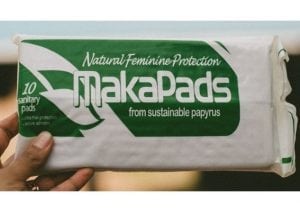
Agriculture
November 9, 2023
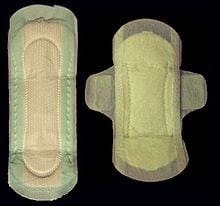
Agriculture
November 9, 2023
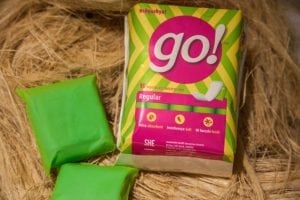
Agriculture
November 9, 2023
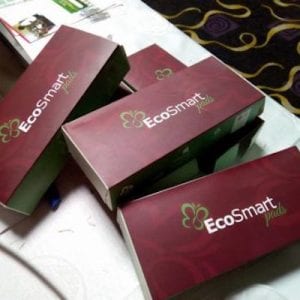
Agriculture
November 9, 2023
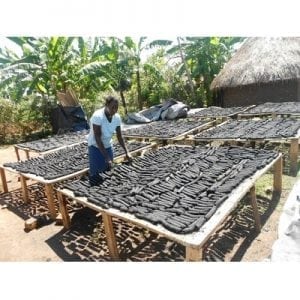
Agriculture
November 9, 2023
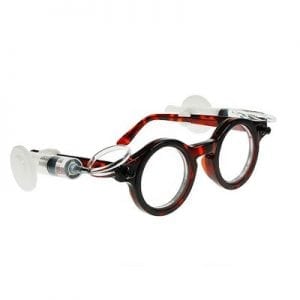
Agriculture
November 9, 2023

Agriculture
November 9, 2023
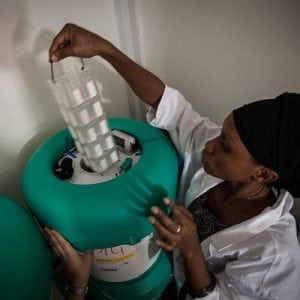
Agriculture
November 9, 2023

Agriculture
November 9, 2023
Have thoughts on how we can improve?
Give Us Feedback
Michael Moscherosch says:
Polypropylene nonwovens, which are used for the cover and polyethylene films, which are used for the barrier are not biodegradable, neither are positioning adhesives (i.e. the adhesive to stick the pad to the underwear). The banana fiber absorbent is biodegradable, though, but so is wood pulp, the absorbent typically used for napkins. Saathi could modify their claim and say that x% (i.e. the weight percent of banana fibers of the total pad) is biodegradable. But that is also true for commercial pulp pads, so it wouldn’t differentiate Saathi from other products. There are very few truly biodegradable cover and barrier materials available and they tend to be very expensive compared to the PP/PE materials typically used. Saathi would most likely not be able to produce the pads at the intended price without permanent subsidies (donations).
Comment on biodegradability: Biodegradability per se does not mean that a product would actually biodegrade under all circumstances. Same as for compostability, the environment for degradation has to be right; e.g. PLA, a corn derived plastic is compostable in commercial hot composting facilities but would not decompose when littered. If the target region doesn’t have a commercial composting facility and the infrastructure to collect the products, the “commercially compostable” claim becomes pointless (=greenwashing).
It is great that the product is sold and distributed by Maternova and TALC, but is there any plan on distributing/selling the product to end-user (patients and clinics) directly at low-resource settings?
Great study design and performance evaluation. Have the designers/product owners considered what could go “wrong” as a misuse/mishandle of the product? Is there any way that inaccurate reading could happen, and if so, what potential harms it could cause?
Agreed, Hernan! We’ve made the updates accordingly.